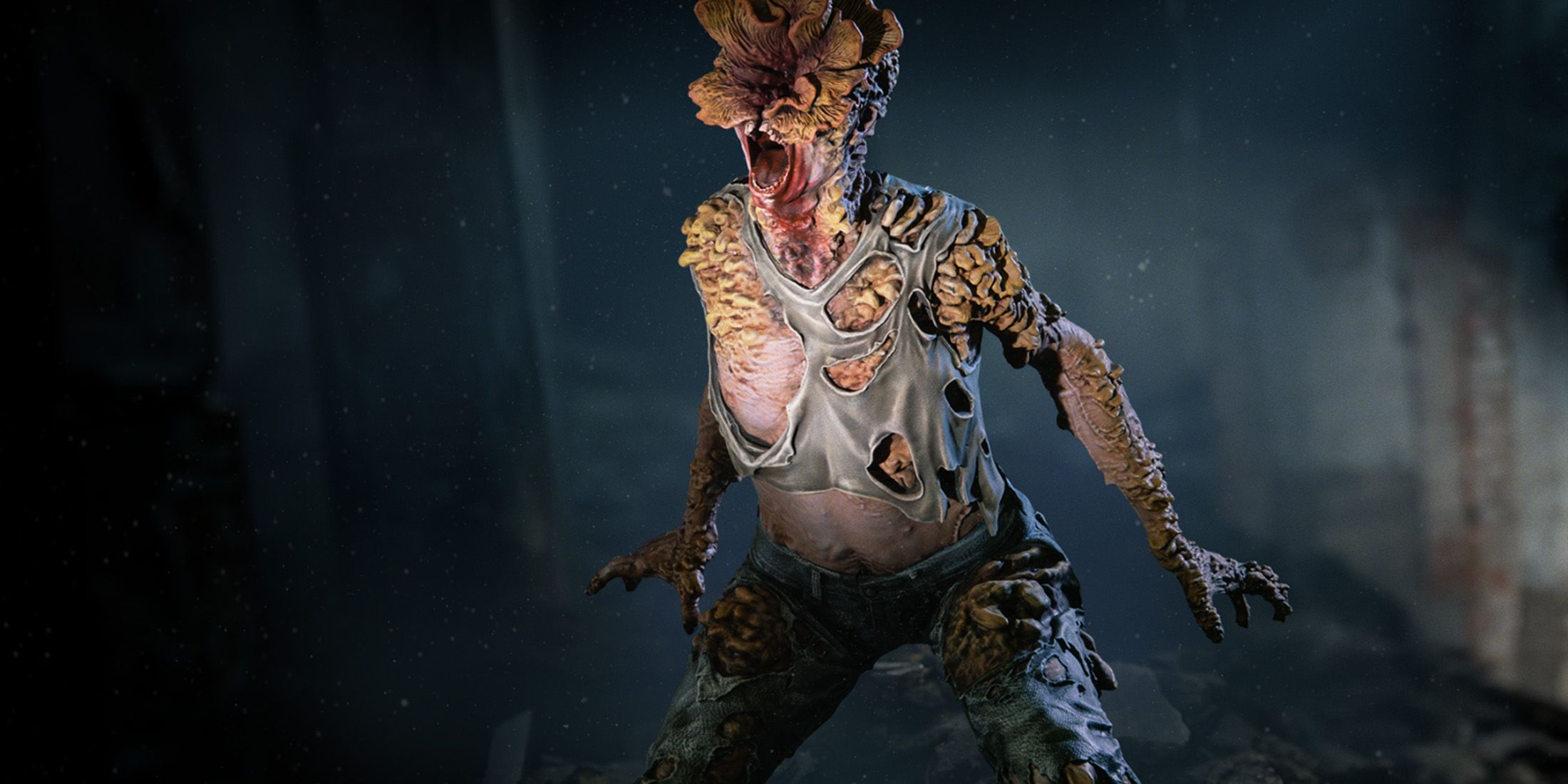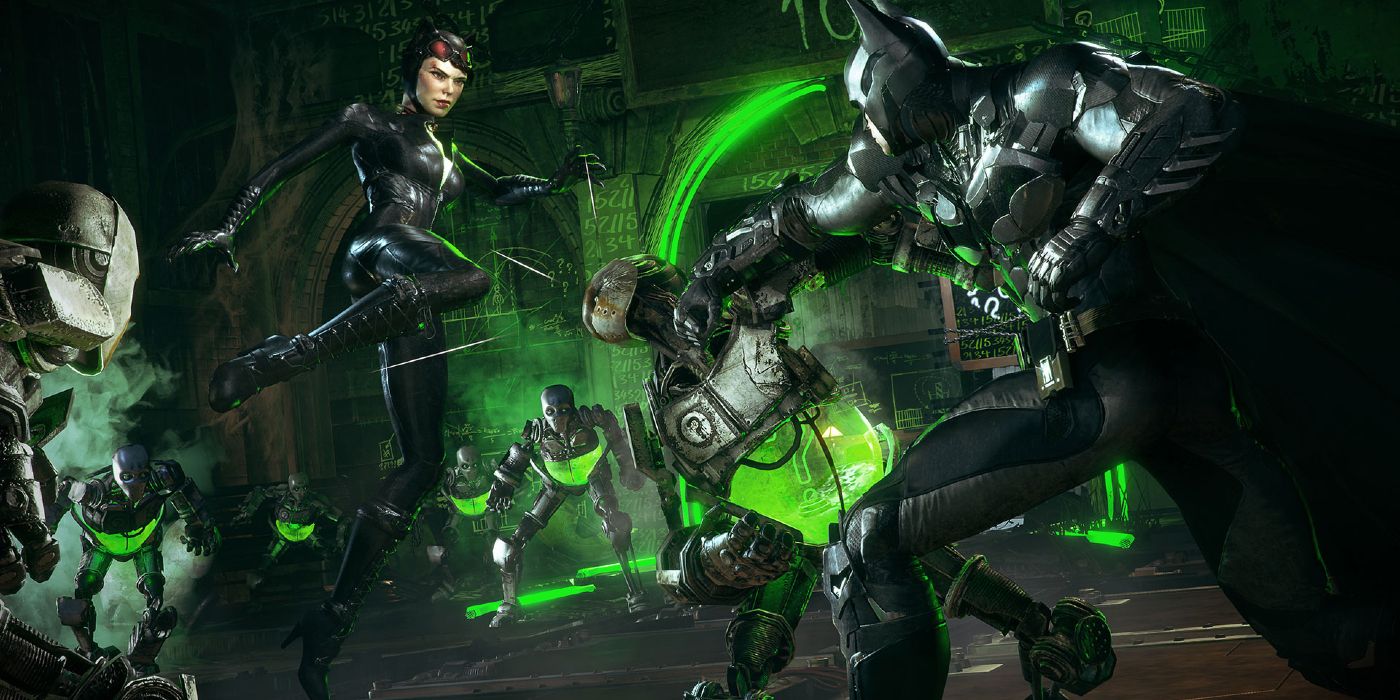Modern gamers expect a lot more from their experiences than the 8-bit systems of old. Environmental details need to be plentiful, narrative is often expected to be on-par with a good movie, and characters need to hook the player - especially those characters that the player themselves embody. With modern AAA games wanting players to stick around for dozens of hours, it's imperative that developers nail their player-character, but the 'and now for someone completely different' trope can put a spanner in the works.
Despite being present across a variety of genres, the 'and now for someone completely different' trope isn't the most popular. However, its examples are extremely well known, often for how much they can catch a player off-guard. Not all instances of this trope are disappointments, though reception at the time of their release might have people believing otherwise.
Best Examples of the 'And Now for Someone Completely Different' Gaming Trope
This trope is one of the easiest to understand. Essentially, a game will have players control one specific character - often the one on the box art, leading to expectations that they will be in control for the whole duration of the game. Then, the player's character is knocked unconscious, or falls asleep, and the camera cuts to a brand-new person whom the player is expected to control for a while. While the concept of having multiple playable characters is nothing new, this trope refers specifically to when the alternative player-character is not expected to appear in the first place.
Back in 2004, a similar instance of the trope drew a fair bit of attention. Before Halo 2 released, fans were expecting the entire space-faring adventure to revolve around Master Chief, just like the original game. However, fans would soon find out that half of the game's missions centered around the Arbiter, an Elite member of the antagonist Covenant army. At the time, many fans despised this change in perspective, but over the years since the Arbiter has become a fan-favorite character after playing another big role in Halo 3.
The Batman: Arkham series uses this trope frequently, and it tends to be much less controversial. In Batman: Arkham City, players who purchased the DLC occasionally switch to playing as Catwoman, with the most obvious use of this trope being when Batman is knocked unconscious right before the final fight. In the "Harley Quinn's Revenge" DLC, the same thing happens again, with players taking control of Robin soon after Batman gets captured.





